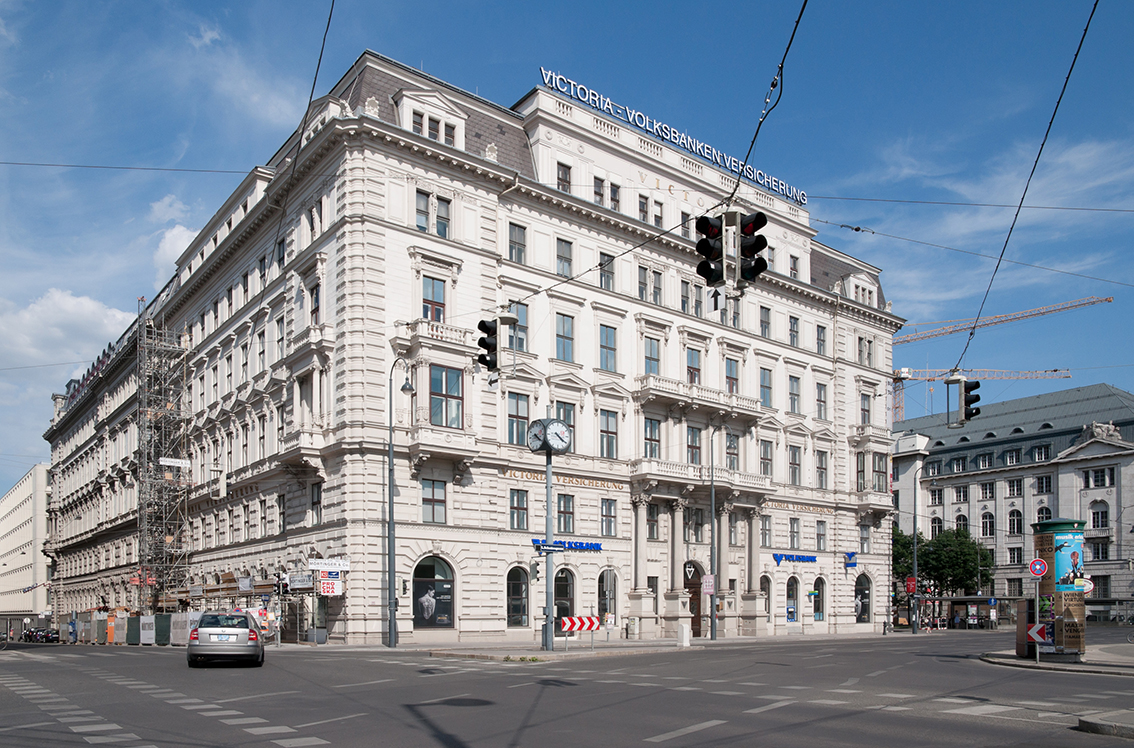European regulators revealed the results Sunday of an extensive health check of the region's top 130 banks, listing the weakest lenders that threaten to drag down Europe's economy.
All told, 25 banks failed the test, although 12 have already taken steps to shore up their finances, CNN Money reported.
Italy’s Banca Monte dei Paschi di Siena SpA and Greece’s Eurobank Ergasias SA failed the stress test, a report said.
Officials at the European Central Bank and European Banking Authority had been poring over bank finances for a year, and testing whether the banks had the strength to withstand a nasty shock, such as a spike in loan defaults or unemployment.
The aim was to weed out the weaklings that are hobbling Europe, or that could spark a new financial crisis in the event of another long recession.
Now these sickly banks will be forced to submit remedies, including possibly raising more money from investors.
Finance
The health of the financial sector is of vital importance for the eurozone, since growth has evaporated again and the specter of deflation looms.
Most European companies rely on bank finance, unlike their US peers who are more likely to issue bonds. Banks with shaky foundations are less likely to take risks with their lending, therefore potentially stifling investment and growth.
Major players such as Deutsche Bank (DB) and Santander (SAN) were among the test subjects.
The results of the health check come just weeks before the European Central Bank assumes responsibility for supervising the eurozone's biggest lenders, a move intended to reduce the risk of future bank failures.
The banks were already given a preliminary indication of their outcome on Thursday.
One of the failing banks is being to be the Austrian lender Volksbanken AG, which the country's Finance Minister Hans Joerg Schelling said was no surprise, as it had already said it would wind itself down.
Deflation
Deflation has become a reality in many European countries, at least in terms of the prices of goods, as opposed to services.
Over all, the Consumer Price Index in the United States rose 1.7 percent over the last 12 months. That is hardly a high number, and is below the 2 percent target rate used by the Federal Reserve. But as the accompanying charts show, the rate is higher than that of any of the 15 largest countries in the European Union.
Of those 15 European countries, prices of goods in 11 were lower in September than a year earlier. Only Germany, Britain, Austria and Finland experienced goods price inflation, and none of those rates were higher than half a percentage point.
Recession
Now that German growth has stumbled, the euro area is on the verge of tipping into its third recession in six years. Its leaders have squandered two years of respite, granted by the pledge of Mario Draghi, the European Central Bank’s president, to do “whatever it takes” to save the single currency.
The French and the Italians have dodged structural reforms, while the Germans have insisted on too much austerity. Prices are falling in eight European countries. The zone’s overall inflation rate has slipped to 0.3% and may well go into outright decline next year. A region that makes up almost a fifth of world output is marching towards stagnation and deflation.


